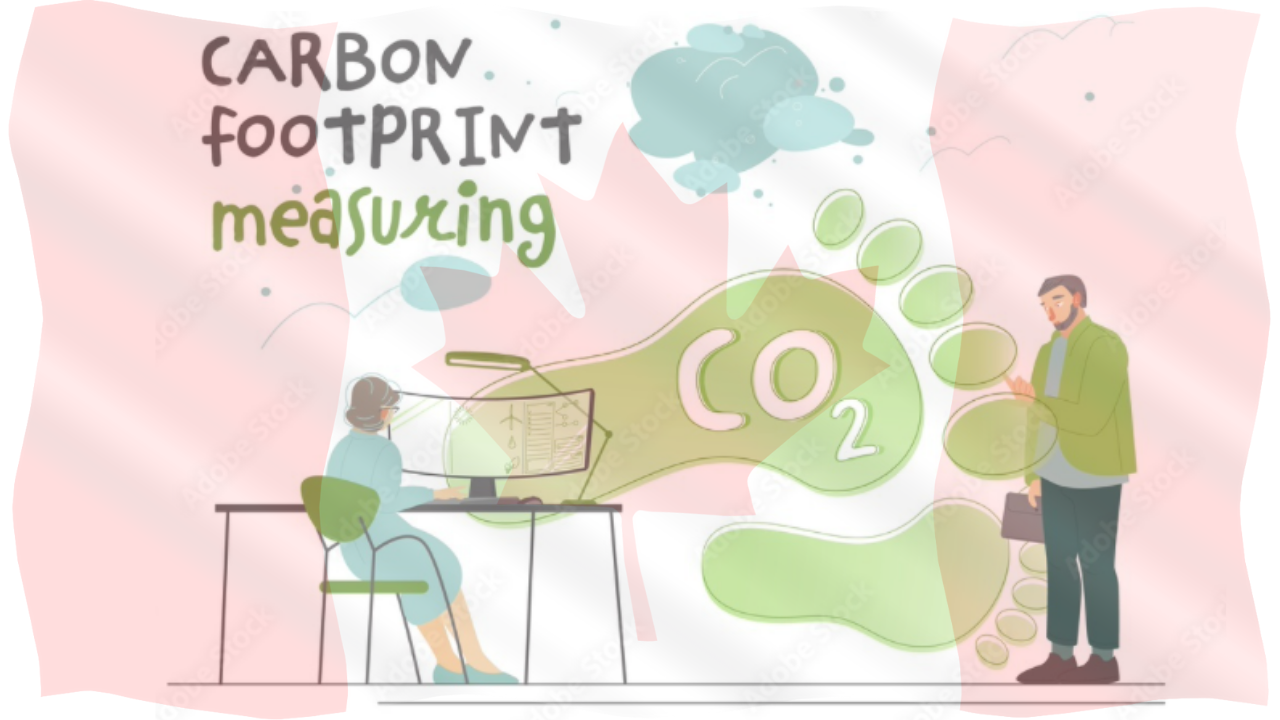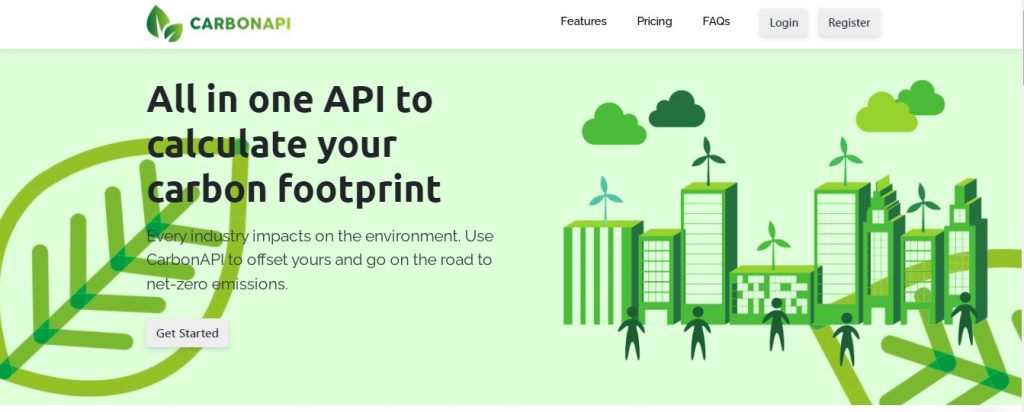Greenhouse gas emissions reduction is a major worldwide challenge, and Canada is no exception. In 2015, Canadians created more than 720 megatons (Mt) of greenhouse gases (GHGs). That’s a lot of gas: 1,587,600,000,000 pounds, or 120,000 fully loaded freight trains, to be exact. For that reason, the Canadian government began innovating energy sources to minimise CO2 emissions and meet environmental targets. Is there anything that people may do to lessen the harmful effects? Make a carbon footprint calculation.
Canada & GHGs
Many different gases make up the Earth’s atmosphere, some of which are “greenhouse” gases. They get their name because they behave like a greenhouse or a layer of insulation for the planet, trapping heat and warming the globe. Human actions (such as burning coal to create electricity and fueling our vehicles with gas and diesel) have been altering the climate by adding up greenhouse gases for the past couple of hundred years. As a result, the greenhouse effect has intensified, resulting in global warming, climate change, and air pollution, among other natural calamities.
Canada emits roughly 1.6 per cent of the world’s greenhouse gas (GHG) emissions. Despite its small contribution, Canada ranks in the top ten worldwide emitters considering total emissions and is in the top three regarding emissions per capita. Main culprit? The country’s oil and gas industry. Transportation-related emissions are a close second.

Calculating your Carbon footprint
Companies and industries aren’t the only ones to blame. Everyone has a personal impact. Our regular lifestyle and activities, such as travel (vehicle, aircraft, train, etc. ), electricity usage, product and service use, food consumption, and so on, emit a determined quantity of GHG in units of carbon dioxide. That’s known as our carbon footprint. What method may we use to calculate it? Alexandra Shimo-Barry, author of “The Environment Equation,” has designed a formula to solve the problem:
- Take your monthly electricity and gas bill and multiply it by 105;
- Multiply your monthly oil bill by 113;
- Multiply your car’s total annual miles by 79;
- Multiply the number of flights (under 4 hours) you’ve taken in the last year by 1,100;
- Multiply the number of flights ( over 4 hours) you’ve taken in the last year by 4,400;
- If you do not recycle newspaper, multiply by 184;
- If you recycle neither aluminium nor tin, multiply by 166;
- To calculate your entire carbon footprint, add 1-8 together.
What!?
Don’t worry! There are easier ways to measure your carbon footprint. With all this environmentally consciousness, technological developments have focused on eco-friendly products, for example, carbon footprint calculators. From the input data you enter, they estimate how much CO2 emissions you have generated within seconds or minutes. So you can forget about the confusing mathematical calculus.
CarbonAPI
Carbon footprint calculator CarbonAPI is the first step toward carbon neutrality. It can determine your carbon emissions in production units per hour, material consumption units per hour, or any other unit you specify. Thus, it will help you achieve your environmental goals while also encouraging social responsibility.
You only need to submit your carbon footprint data to the website or API to begin your net-zero emission journey. This stage collects information on, among other things, energy usage, package delivery, freight and logistics, and transportation. CarbonAPI will then organise the data and use several algorithms to calculate your carbon footprint in kilogrammes of carbon (CO2 equivalents). Furthermore, this platform will provide you with analytical graphs of your consumption for transparent reporting.
Overall, CarbonAPI is an all-in-one CO2 tracker that is simple to use for monitoring, controlling, and reducing carbon emissions. It also adjusts to any entity or application. Accordingly, there are different billing options for personal and business use. A free version is available, including up to 20 monthly submissions to the carbon footprint calculator, online reporting, and API access.
What do you say, Canada? Are you ready to measure and downsize your carbon footprint?


